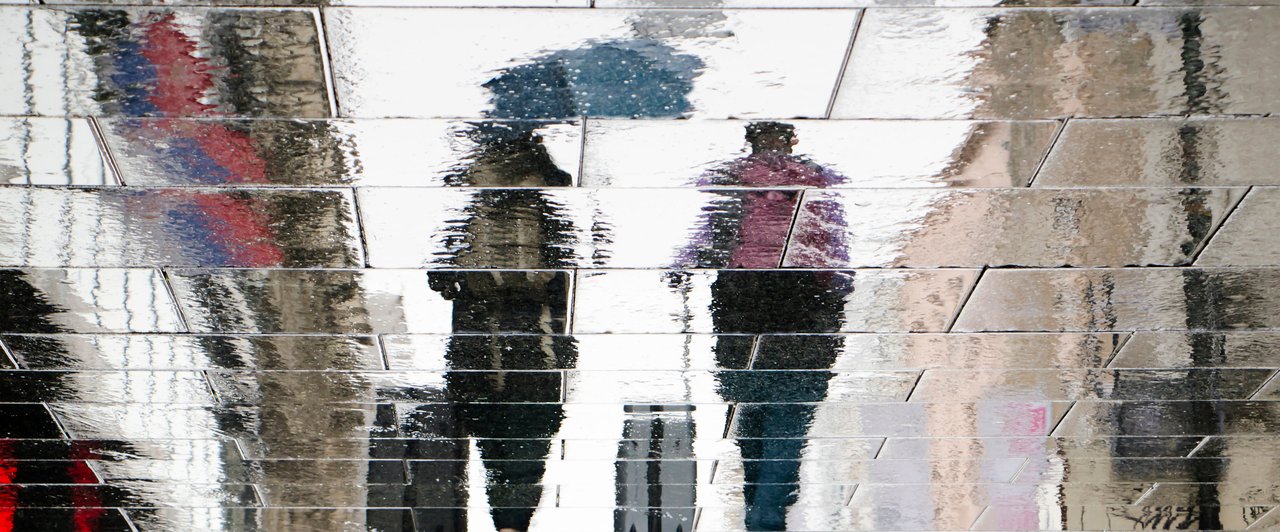Sponge Cities - Smart cities for the future
It seems inevitable, in the short-term at least, that Wuhan will be remembered most widely outside of China as the city at the centre of the coronavirus outbreak.
As the crisis expands globally, cities are acting as petri dishes for the pandemic. From essential municipal power, water and waste systems to resilient digital connectivity and supply chains, urban infrastructure is being tested - in the extreme - as residents’ movements are restricted and working from home becomes the new norm for entire populations.
This sudden new reality is providing city planners with a real-time lesson in future living. The critical need for adaptable, sustainable, urban solutions is paramount. And here too, Wuhan is at the centre of the change. Sadly, for its city planners, the coronavirus pandemic belies the positive and (literally) groundbreaking steps Wuhan had been taking to tackle extreme flooding caused by climate change - another global urbanisation challenge threatening dire outcomes. If global observers are willing to engage with Wuhan in a different context they could learn valuable lessons about mitigating this other looming threat.
Historically, Wuhan’s landscape was an expanse of concrete and asphalt, making it highly vulnerable to flood risk. In 2016, torrential rains hit the city, cutting off entire neighbourhoods and claiming 14 lives.
In response, Wuhan embarked upon an urban and ecological makeover - from permeable pavements to wetlands and artificial ponds - designed to absorb storm water and even reuse it later.
Today, Wuhan is one of China's growing number of "sponge cities" that are using technology to mitigate the effects of extreme weather caused by global warming. It is also an illustration of how tackling climate change is creating opportunities for companies to generate shareholder returns while doing good for the planet.
Arcadis, a Dutch engineering group, is behind the project to rethink and help shape policies in Wuhan. Suez Environment, another European company, is working in the city of Chongqing where its state-of-the-art urban drainage system provides real-time analysis and forecasting of drainage, reuse of water and exposure to flood risk.
Investing to prepare for climate change can accrue a four-to-one return on investment
Across the globe, there are multiplying business opportunities in finding ways to decouple economic activity and growth from environmental impact as part of the sustainability revolution. At present, only 5 per cent of climate change investment is spent on adaptation activities. While a vast effort is required, adaptation offers a good return. The Global Commission on Adaptation suggests that investing $1.8 trillion in strengthening our infrastructure and other key areas of focus would avoid losses and accrue benefits of $7.1 trillion – a four-to-one return.
Investing in companies operating in the sustainability revolution is not only needed to encourage change but will be the main driver of risk and return.
Temperatures are climbing at unprecedented rates, pollution levels are at historic highs and sea levels are on the rise. The C40, a network of the world's megacities committed to addressing climate change, calculates that 1.4 billion people are expected to be living in coastal areas by 2050. At the same time, there are 570 cities, some with populations in excess of 10 million, in areas at risk from rising sea levels.
Many of those cities' natural defences have been lost due to the use of impervious construction materials, such as concrete and asphalt, which prevent the soil below from absorbing water. Some cities are even subsiding as illegal underground wells and the weight of urban infrastructure push them down. For example, Jakarta, the Indonesian capital, is sinking at a rate of 20-25cm a year.
Investing in companies operating in the sustainability revolution is not only needed to drive change but doing so also holds out the prospect of higher returns for investors. From companies pioneering technologies in flood mitigation to those working on renewable energy projects and innovating in the field of battery storage, there are myriad possibilities.
Yet only some of them are Eagles - the winners of the transition to a more sustainable economic model. These companies are forward-looking and realise that adopting intelligent, responsible business practices benefits their bottom-line and can also bring positive environmental and social impact.
Across the globe, there are multiplying business opportunities in finding ways to decouple economic activity and growth from environmental impact.
Those without vision are Ostriches, the organisations that are failing to adapt to the sustainability revolution - either oblivious to the speed and scale of the transition, or simply in denial. And, surprisingly perhaps, many are the big companies of today: a recent estimate suggested that 200 of the world's largest companies already had $1 trillion of risk from climate change impacts - with much of that impact striking within the next five years.
The sustainability revolution is creating structural trends that are already starting to reshape our economies.
As the challenges of confronting global warming and finding solutions to return the planet to a stable footing become more acute, so many of the companies involved in developing sustainable urban systems will prosper. These will be the winners of the future. The Eagles.


